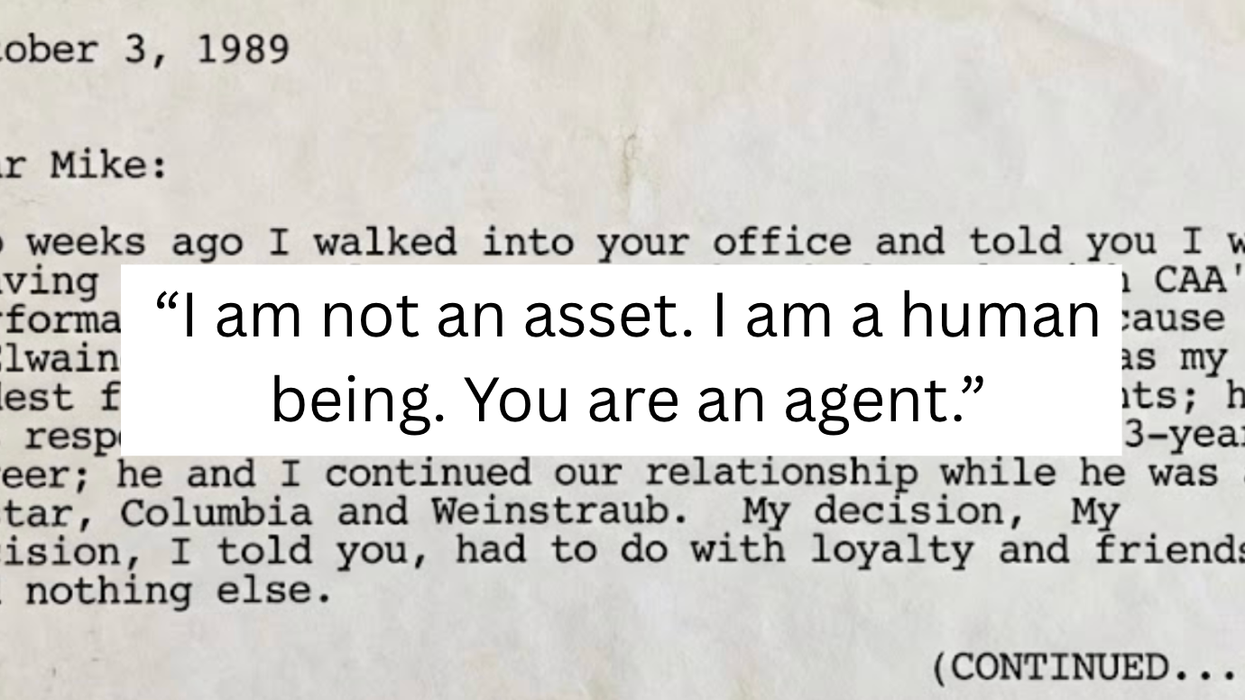When Justin Minkel, a teacher at Jones Elementary, a school in northwest Arkansas that serves a predominantly low-income Latino population, realized that his students didn't have books at home, he decided to do something about it. Two years ago he launched "The 1,000 Books Project," an effort to put a library of 40 books in each of his student’s homes—and as it turned out, he did it for less than $100 per kid.
Minkel, who taught the same group of 25 students for both second and third grade, writes on Education Week's Teacher Leader Network blog that he worked with Scholastic to get 20 books donated per child. He purchased the remaining books through donated funds and money straight out of his own pocket. Every child received three books per month over the past two years—classics like Charlotte's Web and The Fantastic Mr. Fox—that the whole class was reading, as well as texts of their own choosing, for a total of 1,000 books.
What Minkel worked to close is the "book gap." Researchers have found that more well-off communities have 13 books for every child. Head to any middle class school and you'll see students whipping books brought from home out of their desks when they've finished an assignment early. The books go home with them at the end of the school day—increasing their literacy skills and allowing them to experience the joy of reading without worrying about a test being attached to the text. But kids like Minkel's often have no books at home, live in communities with no bookstores, and have limited public library access. In poorer neighborhoods there's an average of just one book for every 300 kids.
Minkel also found that his students' parents sometimes didn't speak English or had poor literacy skills. So, he invested the families in the project by having each child choose "a space to become a home library, ranging from a cardboard box decorated with stickers to a wooden bookcase." Then, says Minkel, "through class discussions and our class blog, the students talked about everything from how they organized their libraries to their favorite reading buddy at home."
Minkel cites research that shows that giving students a dozen books "to take home over the summer resulted in gains equal to summer school for lower-income children, and had twice the impact of summer school for the poorest of those children." The progress his students have made is extraordinary. Their first book was Where The Wild Things Are, a picture book. But, the fortieth text was The Lightning Thief, a novel suitable for fifth and sixth graders.
Having books at home improves literacy, says Minkel, because kids can "engage in repeated readings of favorite" texts that are at just the right reading level. His students' parents also "reported increased time spent reading at home during weekends, holidays, and summer break."
Minkel says what will stick with him most are the memories of each student becoming "a different kind of writer, thinker, and human being because of his or her growth as a reader,"—hearing them ask "the kind of question a teacher loves to hear: 'Can we take the poetry books out to recess today?'" More than any test score, says Minkel, every teacher should want "to help kids develop a love of reading, put great books in their hands" and "watch in amazement as their worlds change."
















 Otis knew before they did.
Otis knew before they did.